Rules of flower arranging
Basic Rules of Flower Arranging
There are a few rules in flower arranging that should be observed.
Once you understand these you can create so many different styles and your floral designs will have that professional look.
The basic rules of flower arranging include
- Proportion
- Balance
- Harmony
- Rythym
- Colour
- Texture
Proportion
The size of the flowers, foliage and container should all be in proportion to each other.
For example, a tall arrangement of long stemmed roses would be out of proportion arranged in a small vase. It would not only look top-heavy, it would be in danger of toppling over.
At the opposite end of the scale short-stemmed flowers should not be placed in a large urn or they will appear lost.
An arrangement should also be in proportion to the surroundings. A small posy suitable for a coffee table would be lost in a large reception room.
Churches and hotel foyers need large arrangements in keeping with their larger than usual surroundings.
Balance
When correct balance is achieved, an arrangement looks “right.” If it is not balanced it is like seeing a picture hanging crookedly, you feel uneasy and you immediately want to straighten it.
The height of the arrangement should be at least one and a half times the height of the container.
For example if a container is 25cm tall then the height of the arrangement should be at least 37cm high.
An arrangement can be much higher than this, but for correct balance it should not be lower.
Harmony
The materials such as flowers, foliage, colour, container and any accessories used in an arrangement should all look as if they belong together.
Rhythm
With a flower arrangement the eye should be initially attracted to the overall design and then move from flower to flower. It should flow so it appears natural and not be stiff.
Flower heads should be on different levels. Flowers all placed on the one level will look dull and uninteresting.
Aim for a three-dimensional look in your designs.
This enables the eye to travel from the largest feature flowers in the centre, through to the medium sized flowers, and then to the smallest flowers or buds that are placed around the edges.
Colour
The choice of colour should be chosen to suit the occasion and the surroundings
Certain colours complement each other.
Yellow is the colour of the sun and is bright and cheerful.
Blue and green are cool and soothing.
Pink is feminine and uplifting.
Orange and gold are warm and mellow.
Red is associated with love and is vibrant and exciting.
Purple is a symbol of royalty and is rich and dramatic.
Texture
Flowers and foliage differ in texture. You should use different textures that go well together to give variety to your designs.
Until next time – have a great week
Fay Chamoun
Floral Art School of Australia and
International Floral Design School
https://www.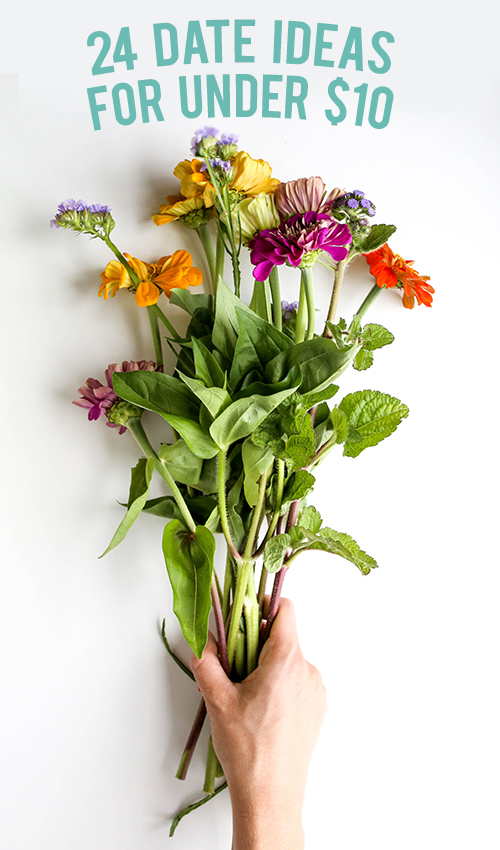 floral-art-school.com.au/
floral-art-school.com.au/
Four Simple Rules for the Perfect Flower Arrangement
disclosure: This post is sponsored by Endless Summer® Hydrangeas
It took me forever to figure flower arrangements out.
I’d look at them on other blogs or Pinterest or on the pages of a glossy magazine.
But when I tried to flower-arrange it at my house it never worked.
The flowers would fall over and the petals would droop and an occasional bloom would look at me with judgey eyes.
Until.
Until I discovered the perfect flower arrangement….
….was just four simple rules away.
Rule number 1: tape is your friend
You know when you take a picture of a group and you tell everyone to scoot together.
That’s what tape does for flowers in your arrangement.
It helps them all to become better acquainted.
You want to put your tape over the top of the vase like this.
I usually use four pieces and stretch them from one side to the other.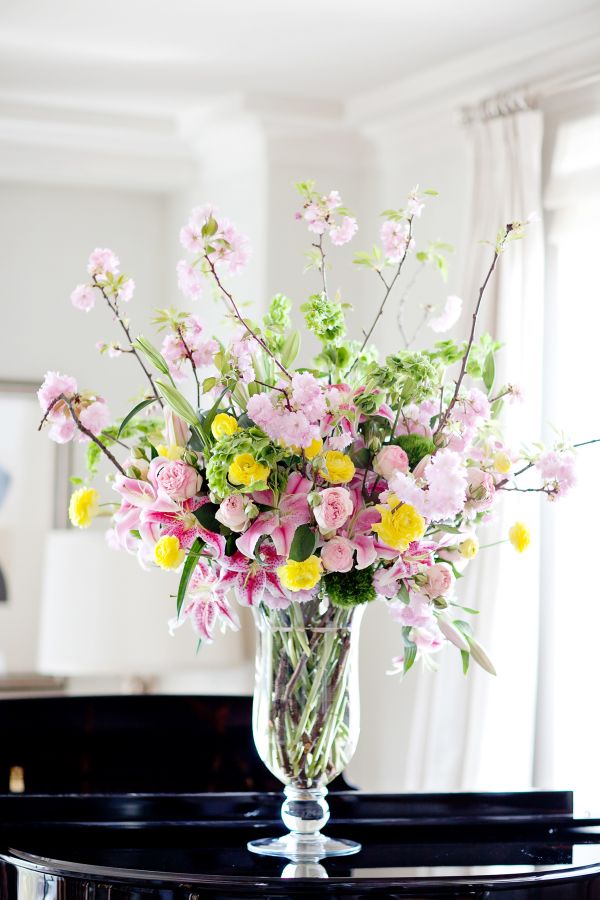
This breaks up the lid of the vase and gives you places to put all those flowers in a much more organized fashion.
Rule number 2: Start with your tallest flower first
Your tallest flower determines the height of your arrangement.
Place your first stem in the center of your taped off vase and cut the stem where you want the highest point on your arrangement to be.
Next, cut two stems for either side of the arrangement that determine how wide you want your arrangement to be.
Fill in the rest of the flowers with those parameters.
(total aside: see how easy that makes everything once you know where your flower arrangement is going)
Rule number 3: Vary the sizes and textures of your flowers
When choosing flowers for your arrangement, look for three different sizes of flowers.
I cut beautiful blue blooms from my Endless Summer BloomStruck® Hydrangeas in my yard.
Then I mixed in tiny roses and larger peonies.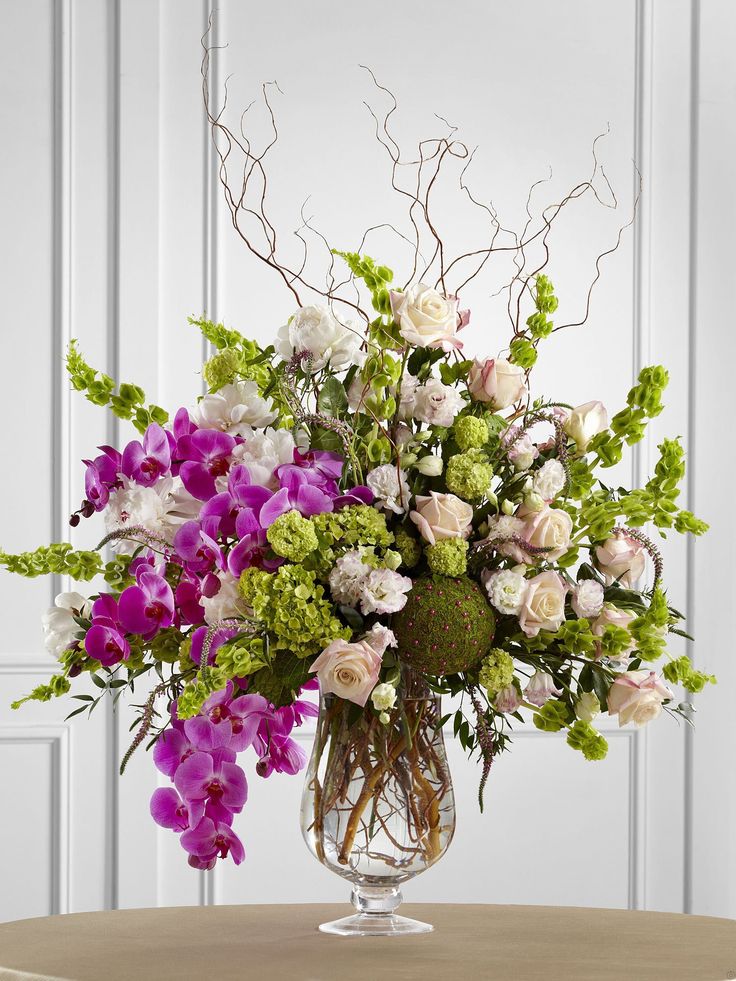
You can change it up for each different season. For example, it’s fall right now, so mums would work perfectly in an arrangement like this. In the winter, I like to mix in evergreens with holly and poinsettias.
Each flower brings a different texture to the arrangement and makes it feel like a flower party waiting to happen.
Rule number 4: Supplement with greenery from your yard
This is my favorite rule of all.
This is the one that takes it all flower arranging to the next level.
Add drama, movement and personality to your arrangement with sprigs of greenery from your yard.
Here, I’ve added the greenery to the arrangement on the side.
See how just a few vines make the flowers pop even more.
And one more thing.
There’s nothing like a hydrangea to make a flower arrangement even better.
Nothing.
I cannot even begin to tell you how much I love my Endless Summer Hydrangeas. They bloom forever and the blue is brilliant and the flowers stay beautiful for weeks after they are cut.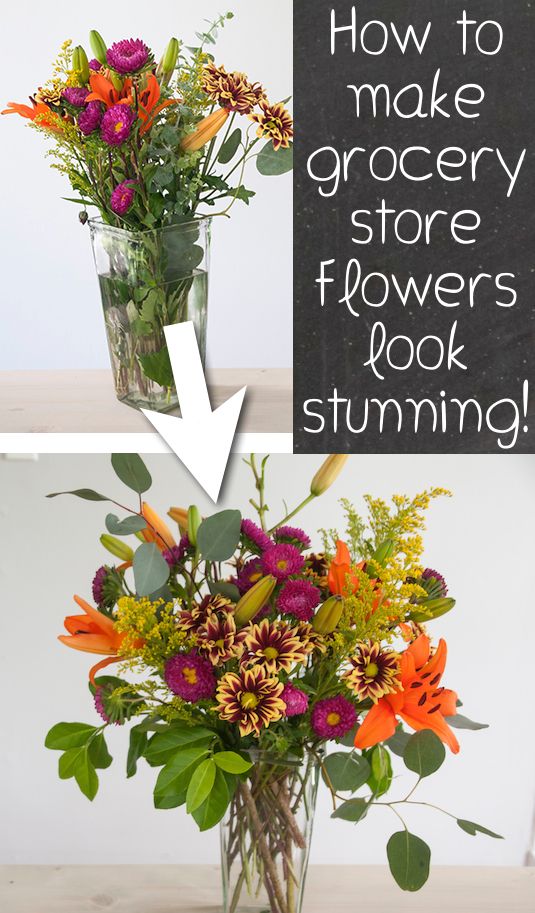 I seriously cannot get enough of them. I’ve decorated the house with them all summer.
I seriously cannot get enough of them. I’ve decorated the house with them all summer.
You can see them in my laundry room here.
You can see them keeping my barn door company here.
You can see them on my back porch here.
And to pin for next year you can see my post about how to plant hydrangea here.
Hydrangeapolooza.
It’s so 2017. 🙂
disclosure: This post was sponsored by Endless Summer Hydrangea.
All opinions are my own.
Read more on my advertise/disclosure page here.
Want to know how to decorate your home for free?
Click here to get my FIVE BEST secrets.
Posted On: August 17, 2017
Written By: KariAnne Wood
Basic principles of arrangement, or How to create a flower fairy tale? | Plants
Bouquets other than mourning must contain an odd number of flowers.
At official ceremonies it is customary to offer roses, gladiolus, chrysanthemums, carnations, tulips, calla lilies and other flowers on long stems.
It is best to present an adult's favorite flowers for an adult's birthday. By the birthday, children are given small bouquets of bright flowers (pink for a girl, blue for a boy), with a toy, sweets or a book.
The bride's bouquet should consist of flowers in pastel colors (carnations, roses, chrysanthemums, tulips and others with the addition of gypsophila branches, asparagus). A light tulle frill around it or a long light ribbon will decorate the bouquet. The height of the bride and the color of her dress are taken into account.
The bouquet by September 1 should be of bright flowers (asters, chrysanthemums, dahlias, gerberas). By the last bell, eleventh-graders are handed bouquets of lilacs, irises, and daisies.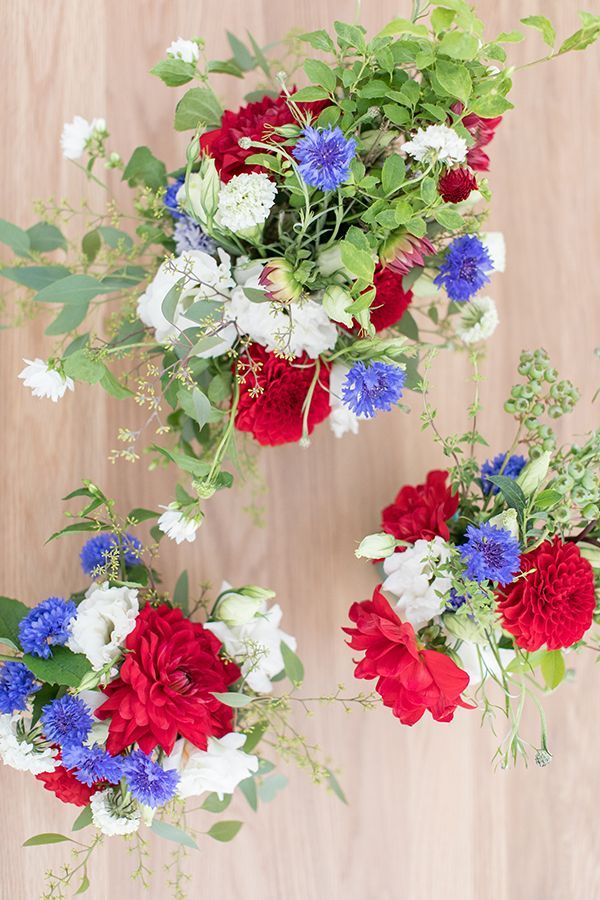
Anniversary bouquets are made from the favorite flowers of the hero of the day or from flowers of rich colors on long stems (gladiolus, chrysanthemums, calla lilies, roses, carnations, and others). For greater solemnity, they can be arranged in special baskets.
When arranging flowers for interiors, the texture and shape of the vase, the height of the vase and the flower are taken into account. Low rounded bouquets in small low vases put willows on the table; on a cabinet or on a shelf - a bouquet in which there are hanging stems and flower heads bowed down. Tall bouquets of flowers with long stems are beautiful in floor vases. One-sided bouquets are placed in the corner, against the wall, on a hanging shelf. Tall flowers are selected for a tall vase. In a tall vase with a narrow neck, a bouquet looks good in which individual flowers and stems hang down; the stems towering above the vase should be 1.5-2 times higher than it. The length of the tallest flower in a low vase should be 1.5-2 times its diameter or longer side (if the vase is elongated). Almost all flowers are suitable for a low vase.
In a tall vase with a narrow neck, a bouquet looks good in which individual flowers and stems hang down; the stems towering above the vase should be 1.5-2 times higher than it. The length of the tallest flower in a low vase should be 1.5-2 times its diameter or longer side (if the vase is elongated). Almost all flowers are suitable for a low vase.
By selecting plants, their number and placement, the position of devices for fixing flowers in a vase, using, in addition to flowers, intricately curved branches, roots and other objects, you can create various compositions. On the wall are beautiful compositions of dry branches and flowers, combined with weaving from straw, cattail. Polystyrene, plasticine, tree fungus can serve as a fastener for them. For arranging flowers, vases, glass and plastic boxes, caskets, ashtrays, planters, baskets are used.
Strengthen the flowers with the help of various devices: for a low vase - a moss pillow fastened with wire or thread, tattoos from a lead or tin base with sharp spikes or nails soldered into it, plastic and ceramic lattices; for tall vases, wire spiral, wooden spacers, or fine mesh at the top of the vase.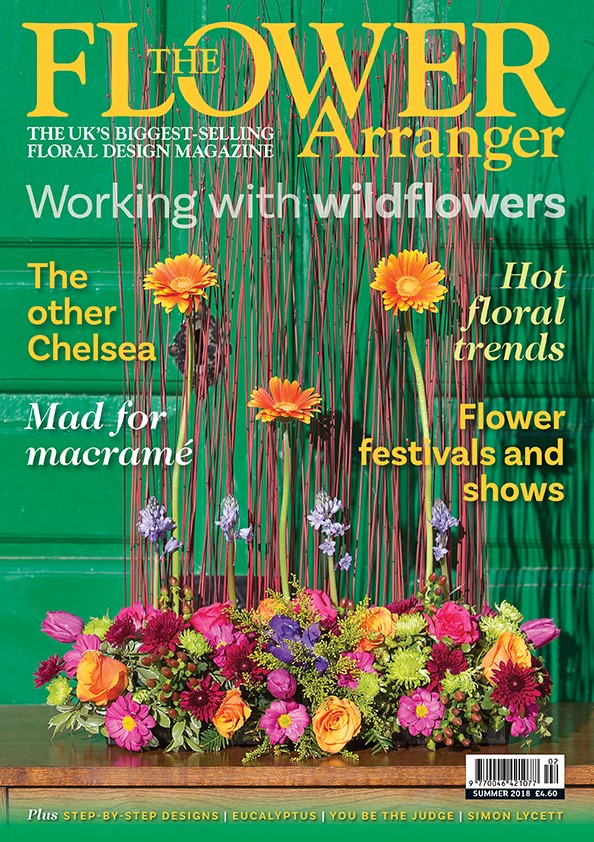 Mounts are masked with moss, leaves. In wide low vases, it is desirable to leave a part of the open surface of the water, in which the reflection of the bouquet can be seen.
Mounts are masked with moss, leaves. In wide low vases, it is desirable to leave a part of the open surface of the water, in which the reflection of the bouquet can be seen.
It is better to add leaves of the same type to bouquets and arrangements of the same type of flowers. Excess leaves and buds should be removed. Flowers in a vase are placed sparsely, at different angles. Having determined the shape and size of the bouquet, flowers are selected so that the length of the lowest flower is equal to ¾ of the length of the middle flower, the length of the middle flower is ¾ of the highest. Larger and darker-colored flowers are placed at the bottom of the vase and closer to the center.
Observing certain rules, you can not deny yourself the pleasure of dreaming up, because the arrangement of flowers is designed to please the eye and soul.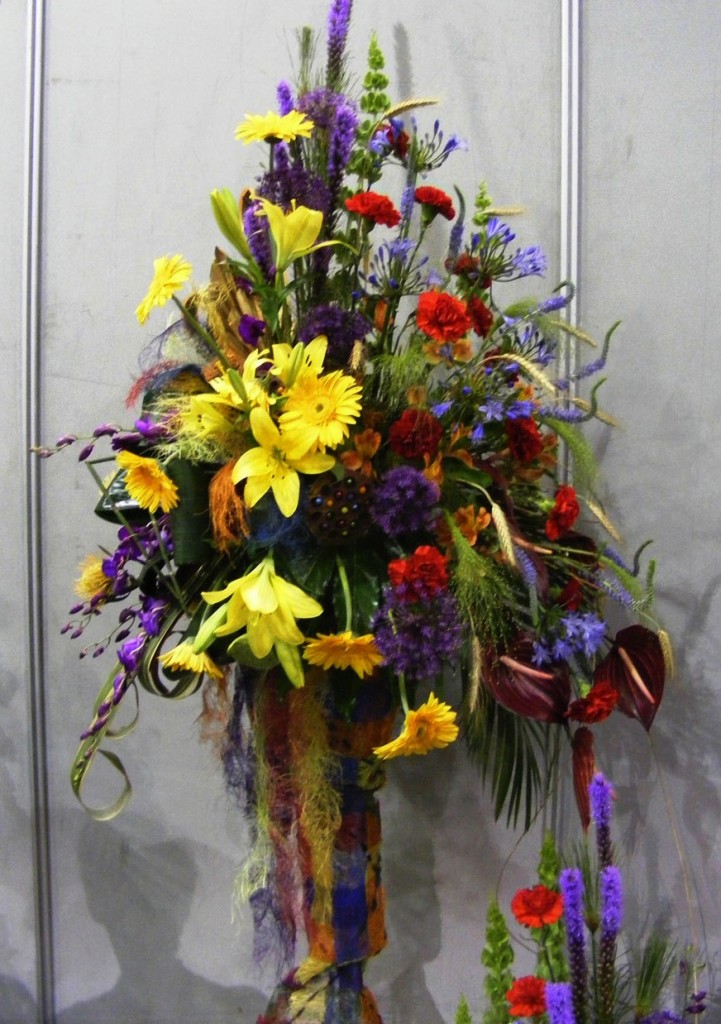 I wish you a pleasant creative process!
I wish you a pleasant creative process!
Tags: decoration, present, holidays, home comfort, flowers, bouquet
Arrangement of plants — Botanistka
Creating an exquisite composition requires not only artistic taste, but also certain skills in selecting colors and a vessel of the desired shape and size.
Principles of arranging
The color of the selected plants is of paramount importance when arranging a bouquet. With the help of different tones, you can not only change the appearance of the room, but also affect the emotions of people.
Most often, plants belonging to the same species are used to make a bouquet. Coloring should also be monophonic, with a smooth transition from one shade to another. In this case, compositions of sweet peas and pink asters look great.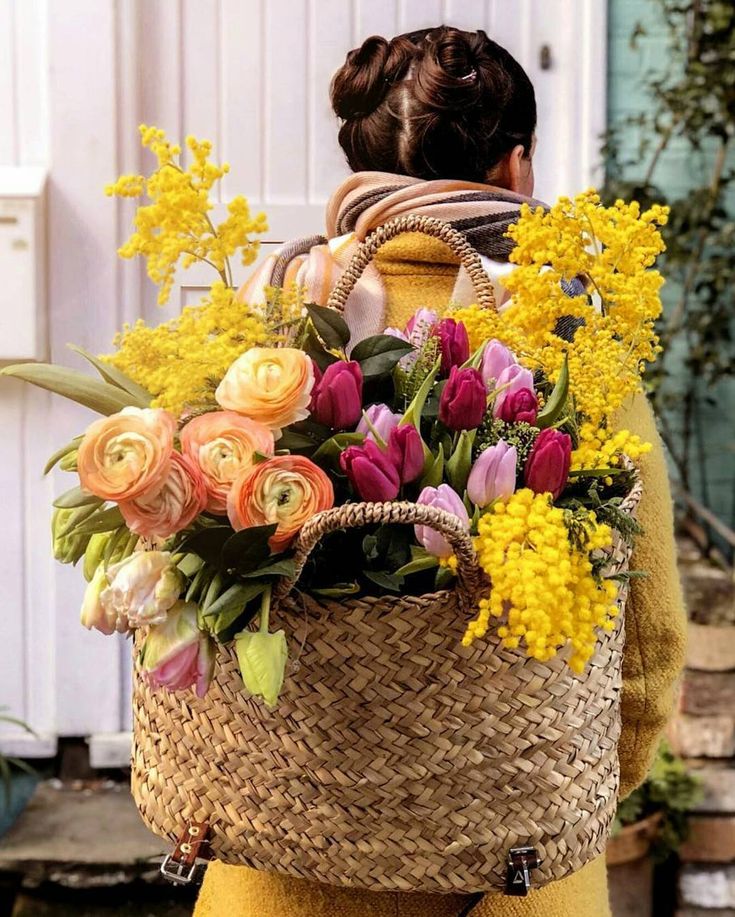
When composing a bouquet of cultures of different colors, one should take into account the peculiarities of the influence of one or another color on the emotional state of a person. For example, colors such as red, yellow and orange have a beneficial effect on others. Plants with red flowers are used to create a composition relief. As a background, white or pale pink tones are most often used. Orange and yellow colors are symbols of life, light and warmth. Using flowers with this color, you can achieve an increase in the volume of the composition. For contrast, plants with blue flowers should be included here.
It should be noted that blue and purple are considered the coldest colors. With their help, the effect of visual removal is created. Compositions that combine blue, yellow or white tones look impressive.
White, green and black colors are universal, so they can be safely used to create the background of the composition. It should be added that all shades of green are a link in the arrangement, so they can be successfully used in bouquets made from plants of different colors.
It should be added that all shades of green are a link in the arrangement, so they can be successfully used in bouquets made from plants of different colors.
When composing a bouquet, an important role is played by such an artistic technique as an accent, which helps to reduce or increase the volume, as well as muffle the main colors.
Bouquet of lilies and bluebellsBouquets are allowed to have several accents, which are usually chosen as one type of plant or a group of them. The composition will look especially expressive if the accents are placed asymmetrically.
A certain meaning is put into the space between the accents.
As a rule, it is designed with the help of rhythmic construction of empty and filled areas. The type of flower arrangement depends on the nature of the celebration and the age of the person.
Naturally, bouquets decorated for Valentine's Day will differ from those intended for an anniversary, wedding or christening.
Wedding bouquets are usually made up of flowers of the same type, such as roses, tulips, carnations, etc.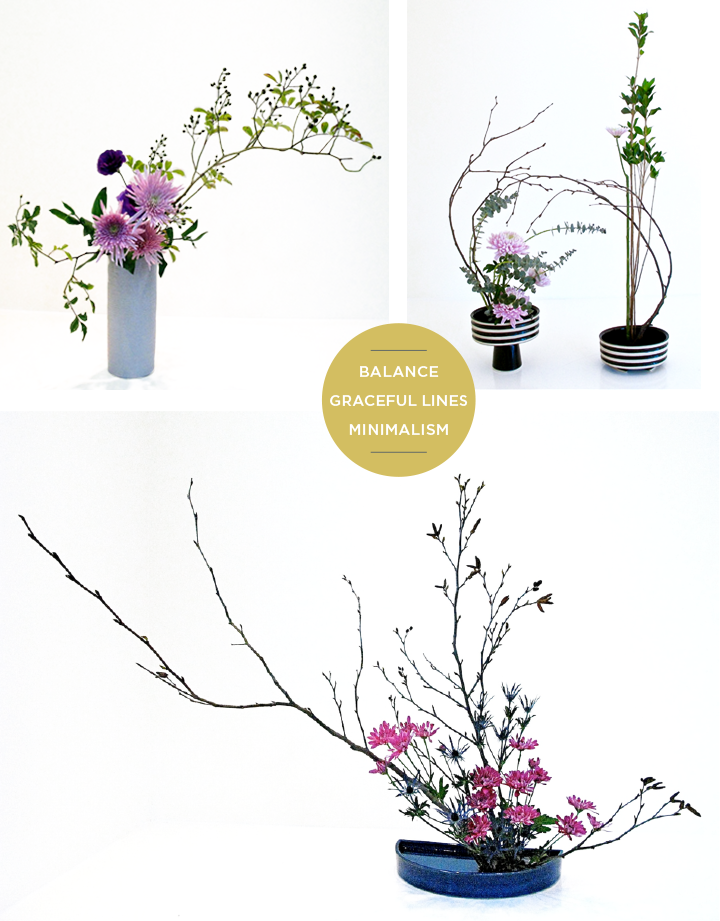 The empty space is filled with asparagus or gypsophila greens. It is not recommended to use wire when decorating, since the whole composition should be light and airy.
The empty space is filled with asparagus or gypsophila greens. It is not recommended to use wire when decorating, since the whole composition should be light and airy.
Such arrangements include 5-9 flowers, which are tied with a white or light pink ribbon. A boutonniere made of the same flowers as the bride's bouquet can serve as a good decoration for the groom's suit.
Compositions for special occasions are usually dominated by large brightly colored flowers such as peonies, roses, carnations and gladioli.
The choice of colors also depends on the season.
Materials and fixtures used for arranging
One of the main elements in the composition, of course, besides the plants themselves, is the vessel. Most often, vases of various shapes and colors are used for these purposes.
The main requirement for this item is its compliance with the overall style solution of the composition.
There are three forms of vases: high, low and vases-stands.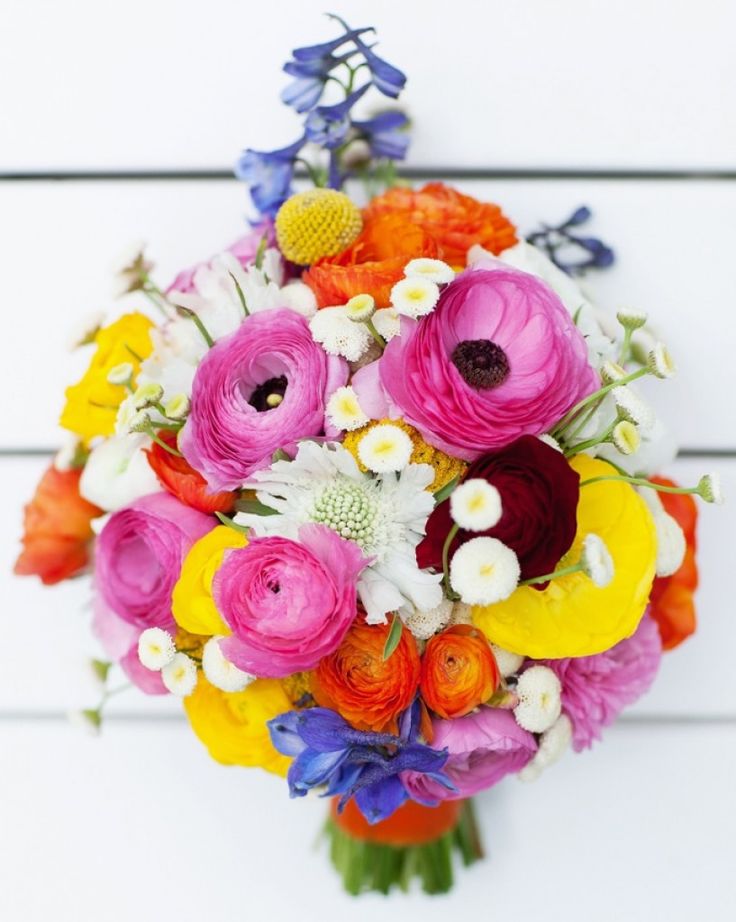 The material from which the vase is made affects the choice of plants included in the composition. Flowers such as roses and callas are most often placed in vases made of crystal and glass, while cornflowers, forget-me-nots and daisies are made of ceramics.
The material from which the vase is made affects the choice of plants included in the composition. Flowers such as roses and callas are most often placed in vases made of crystal and glass, while cornflowers, forget-me-nots and daisies are made of ceramics.
The shape of the vase is selected based on the size of the bouquet. For example, compositions of gladiolus and delphiniums are preferable to be placed in high vases, and for bouquets of asters and levkoy, it is better to choose wide and low ones.
Vases can be successfully replaced with other vessels, such as jugs, decorative bottles, bowls, ashtrays, painted plates, rosettes, etc. Baskets, straw hats, trays and fans are widely used to decorate compositions in an ecological style.
To make any bouquet, you always need a certain set of auxiliary materials. Most often, these include various tattoos, wire, twine, scissors, holders, etc. Metal tattoos are used if the composition is made in low vases.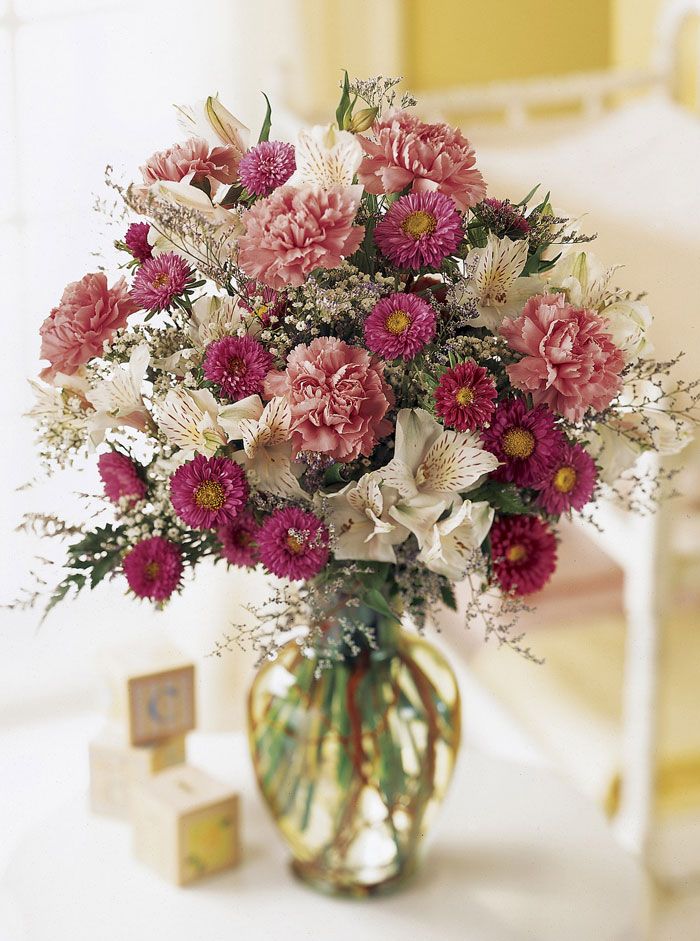 With their help, it is not difficult to set the flowers in the right direction. Tattoos are available in different shapes and sizes. The most convenient is a tattoo up to 7 cm in diameter. When buying ready-made tattoos, you should make sure that the needles are brass, not steel, and the base is made of lead. At home, a tattoo can be easily made by strengthening several small nails in a concrete base.
With their help, it is not difficult to set the flowers in the right direction. Tattoos are available in different shapes and sizes. The most convenient is a tattoo up to 7 cm in diameter. When buying ready-made tattoos, you should make sure that the needles are brass, not steel, and the base is made of lead. At home, a tattoo can be easily made by strengthening several small nails in a concrete base.
Holders are defined as a type of tattoo. They can be made from any material. As a holder, florists use fragments of colored glass, soft wire, natural stones and plasticine. Mention should be made of such a type of holder as a "frog", which is a plastic disk with four teeth. Usually it is used to fix the sponge on a container not intended for this purpose.
When composing compositions from natural flowers, such an auxiliary agent as a floral sponge is often used. It can be green, gray and brown. Before use, the sponge must be soaked in water.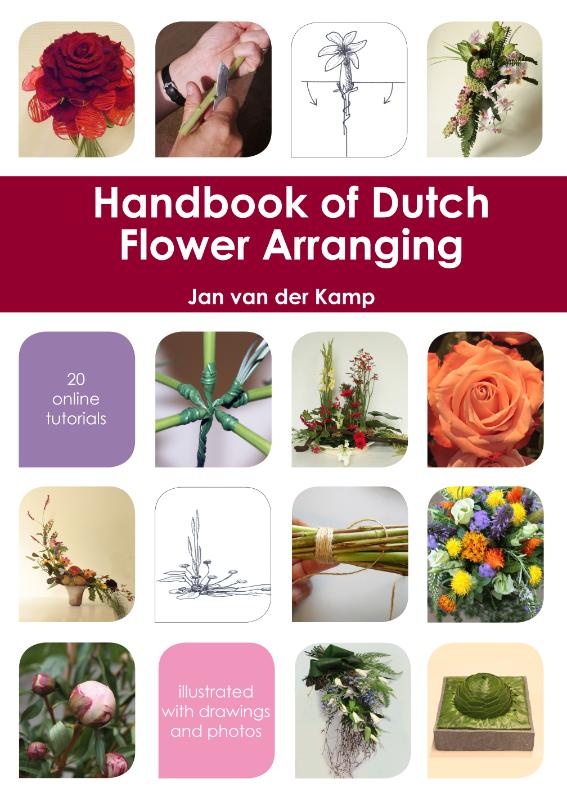 The most important value of such a sponge is that it stops the growth of bacteria, which can significantly extend the life of flowers.
The most important value of such a sponge is that it stops the growth of bacteria, which can significantly extend the life of flowers.
Floral adhesive tape in a roll is used to stick the sponge to the outer edges of the container. Such a tape has the peculiarity of retaining its properties, even if it gets wet in water.
The word "stands" combines all the arrangement elements that are placed under the flower arrangement to protect the surface of the furniture from water drops and visually balance the composition. You can make it yourself or use it as a stand for cutting boards, syrniki, butter dishes, napkins, crosses, trays, etc.
The finishing touch of any composition is the filling material. First of all, it serves to hide the remaining part of the visible sponge or holder and bring additional attractiveness to the composition. Most often these are small branches with foliage, picturesquely located in their lower part, or small flowers, such as freesia and kupyr.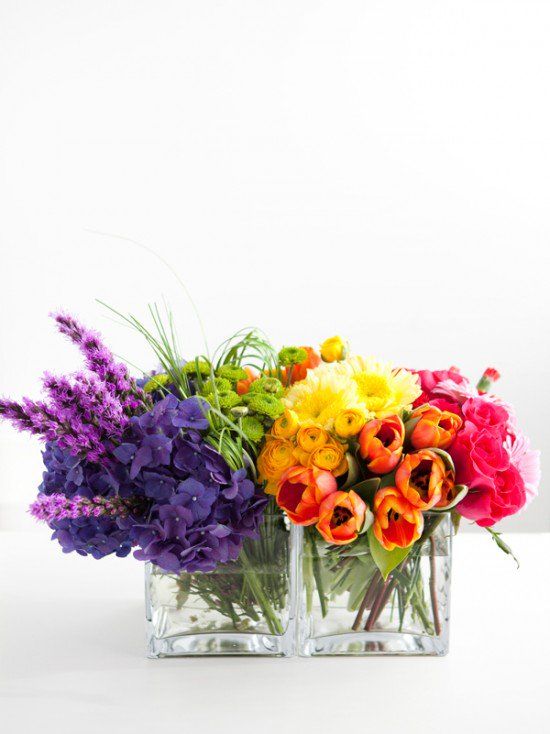
Placement of plants in the vessel
Before placing the plant in the vessel, cut at a right angle. In order to keep it firmly in the composition, a tattoo and pieces of wood are used, which are applied to the ends of the stems.
The bearing parts of the composition are branches, they can be both leafy and bare. If among the material used there are only bare branches, then leaves of chlorophytum, figs and calla lilies are attached to them.
Branches of coniferous trees and shrubs, as well as willows and willows look spectacular in compositions. They are quite easy to place at any angle, since these cultures are very plastic. Branches of the original form can become an adornment of any composition, only unnecessary details should first be removed.
It is recommended to use branches that are appropriate in size to the shape of the chosen vase. It should be noted that the length of the branch should not exceed the dimensions of the vessel by more than one and a half times. The selected branch is cut to the required length, placed vertically in a tattoo, and then bent at the desired angle. The branch is located in the bouquet in such a way that the tattoo or holder is not visible. In the event that a low vase is used, they can be hidden with leaves, mosses and small decorative stones.
The selected branch is cut to the required length, placed vertically in a tattoo, and then bent at the desired angle. The branch is located in the bouquet in such a way that the tattoo or holder is not visible. In the event that a low vase is used, they can be hidden with leaves, mosses and small decorative stones.
For a composition made up of summer flowers, it is better to choose a wide flat vase. The tattoo should be completely hidden under water, then the flowers will be reflected in it, which will give the whole bouquet a charming look.
New Year's table is decorated mainly with compositions made of coniferous branches, candles and flowers. This will be discussed below. And now let's turn to the type of composition called ikebana.
Ikebana is based on an irregularly shaped triangle, which has a deep symbolic meaning. The side of the triangle formed by the longest branch represents the sky and is called "sin". A branch of medium length is called soe and is a symbol of the human principle, and the smallest branch - hikae - is used to represent the earth.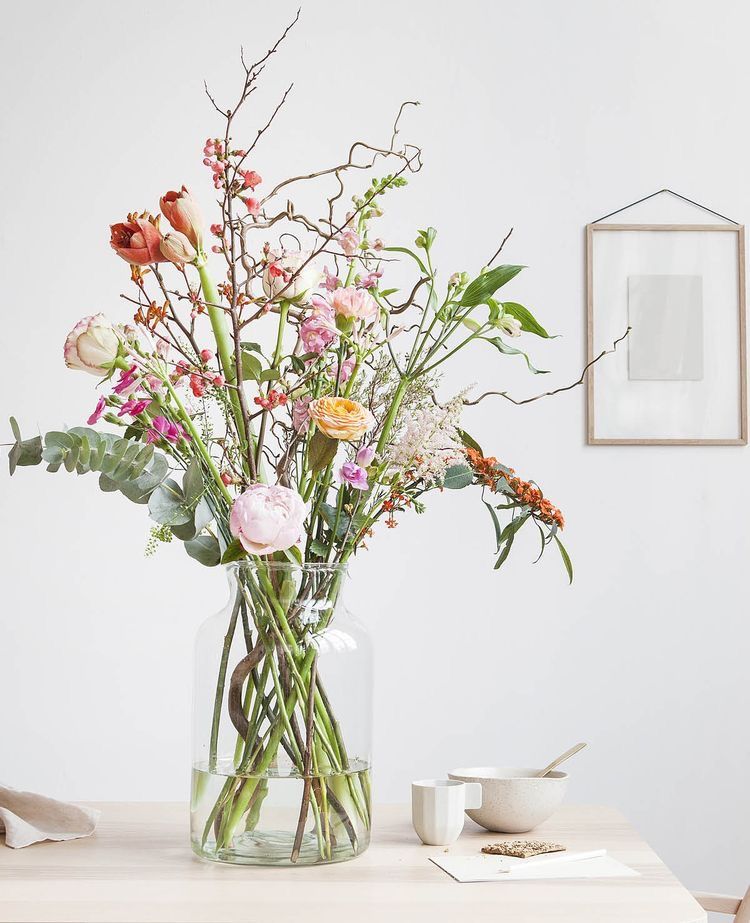
The blue branch must be the most beautiful. At a minimum, its length is equal to the sum of the height and diameter of the vase. The soe branch is 3/4 shin, and the hikae is 3/4 soe. The branches that help complete the composition are called jusi. Usually they serve to strengthen the entire ikebana. When installing additional branches, the same angle is observed, but the length can be several times less. As for the number of colors, it should always be odd. In rare cases, it is possible to design a bouquet of only 2 flowers.
Ikebana. © Joe MabelThere are two forms in the art of arranging bouquets: upright and oblique. In an upright ikebana, the shin branch is placed at an angle of 15 ° to the left from oneself, the soe is 45 ° to the left and slightly forward, and the hikae is 75 ° to the right and forward. Inclined ikebana is made out a little differently. In it, the syn branch is set at an angle of 45 °, and the coe 15 °.
In the event that the ikebana is created in a tall vase, the use of tattoos is not necessary. There are several ways to place the main elements here:
There are several ways to place the main elements here:
- Using a split stick with a diameter of up to 2 cm and a length slightly less than the height of the vase, into which the flower is inserted and fixed with a metal wire.
- Using two sticks folded crosswise and equal to the diameter of the vase.
- By cutting a stick that supports the flower according to the author's idea.
Variants of floral arrangements for different occasions
The isosceles triangle bouquet is a symmetrical, balanced composition in which all flowers are located in different directions. First, the central stem, which at the same time is the axis of the entire composition, is installed in the center of the sponge. In this case, it is necessary to take into account the fact that the height of the stem should be one and a half times greater than the capacity, and the length of the additional stems is half as long as the central one. As a rule, they are located on the upper surface of the sponge.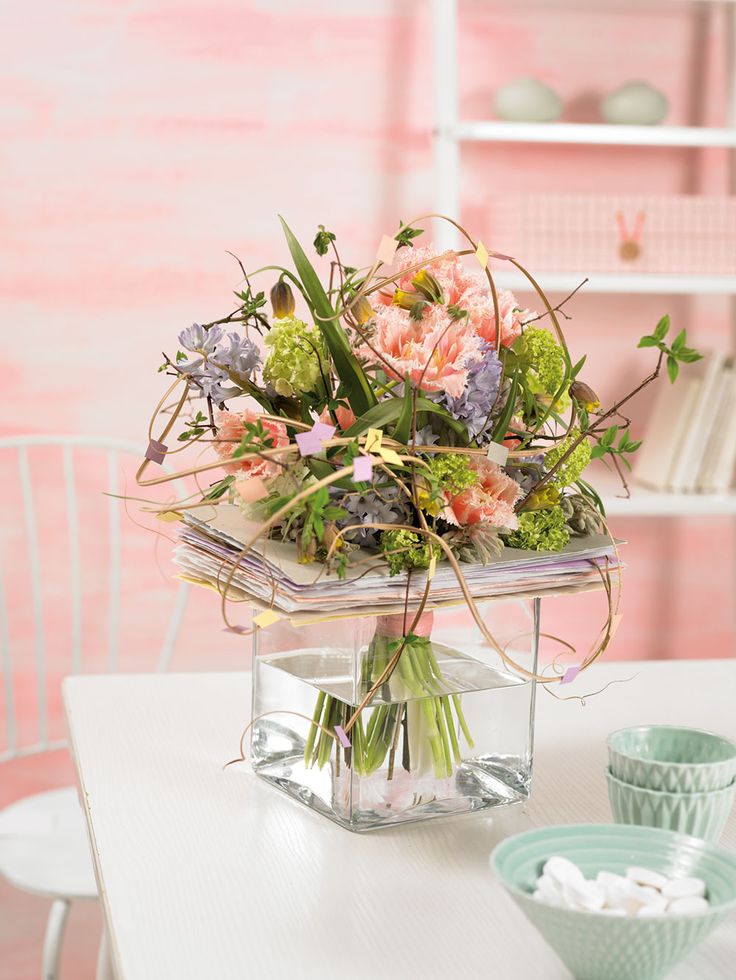 It should be remembered that they should not protrude beyond the imaginary triangle. The depth of the composition can be given by adding branches with leaves or flowers to the central stem. The sponge and the edges of the container must be hidden under large leaves, and the whole composition is strengthened with contour flowers. Accurate focus can be achieved by using 3 carnations or open roses.
It should be remembered that they should not protrude beyond the imaginary triangle. The depth of the composition can be given by adding branches with leaves or flowers to the central stem. The sponge and the edges of the container must be hidden under large leaves, and the whole composition is strengthened with contour flowers. Accurate focus can be achieved by using 3 carnations or open roses.
The crescent-shaped, horned-down arrangement is airy and graceful, and requires a minimum of plant material to create. Since such a composition is always performed in high containers, they put it where there is little free space. The first stage in the design of the bouquet is the installation of a sponge in the container, in the center of which a candle is inserted. Then the contour material is placed in the center of the sponge so that it rises to no more than half the candle, and the curved contour material in the form of falling shoots is placed on the sides of the sponge. Branches must be inserted so that a triangle is obtained. Each of the downward-pointing stems should be about twice as long as the main stem. After that, shorter branches are added, giving them an inclined position. They should barely protrude beyond the edge of the container. To complete the composition, a filler material is used, which is distributed so that the composition is a single whole.
To make a composition for Valentine's Day, you can use a rectangular tray, dry green moss, small colored stones, pine driftwood, physalis, carnation flowers, asparagus, dry hogweed stalks, aluminum wire and even costume jewelry.
If you don't have a rectangular tray handy, you can make one out of plywood. After it is ready, a rim is made around the edges of the mold from pebbles glued to silicone. The bottom of the tray is covered with moss, on which small colored pebbles can also be placed, which will give the composition a natural, natural look.
The bearing parts of this composition are a curved composition with roses, pine branches or tree roots.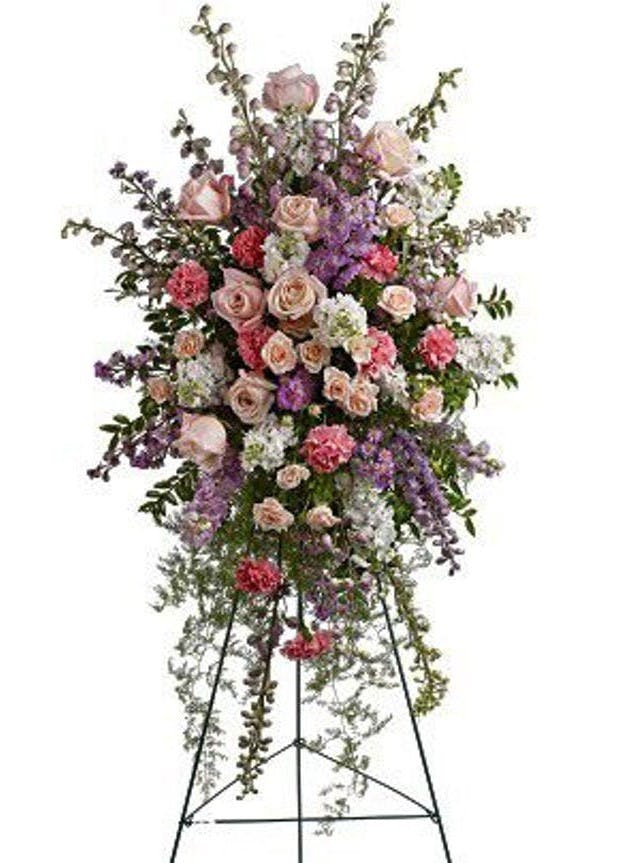 They should be well attached to the tray. In addition, it is desirable that their number does not exceed 2-3. The center of the composition is a heart made of aluminum wire, on which a nylon fabric is stretched. Floral test tubes or other small transparent containers with water are attached to the frame, closed with rubber or other waterproof stoppers, with a hole in the middle for stems of flowers and greenery. The walls of test tubes can be decorated with thin bark or hollow stems of hogweed.
They should be well attached to the tray. In addition, it is desirable that their number does not exceed 2-3. The center of the composition is a heart made of aluminum wire, on which a nylon fabric is stretched. Floral test tubes or other small transparent containers with water are attached to the frame, closed with rubber or other waterproof stoppers, with a hole in the middle for stems of flowers and greenery. The walls of test tubes can be decorated with thin bark or hollow stems of hogweed.
To give the composition a festive look, you can add some decorative glass or plastic elements to it by placing them on the tips of the snags. For this, various jewelry is quite suitable.
Any flowers are suitable for a New Year's bouquet. Roses, callas, carnations and chrysanthemums will add elegance. Just before putting them in a vase, you need to cut the ends of the stems and cut them lengthwise by 2 cm. Flowers can be placed in any vase, in this case glass, ceramic and wooden vessels are quite suitable.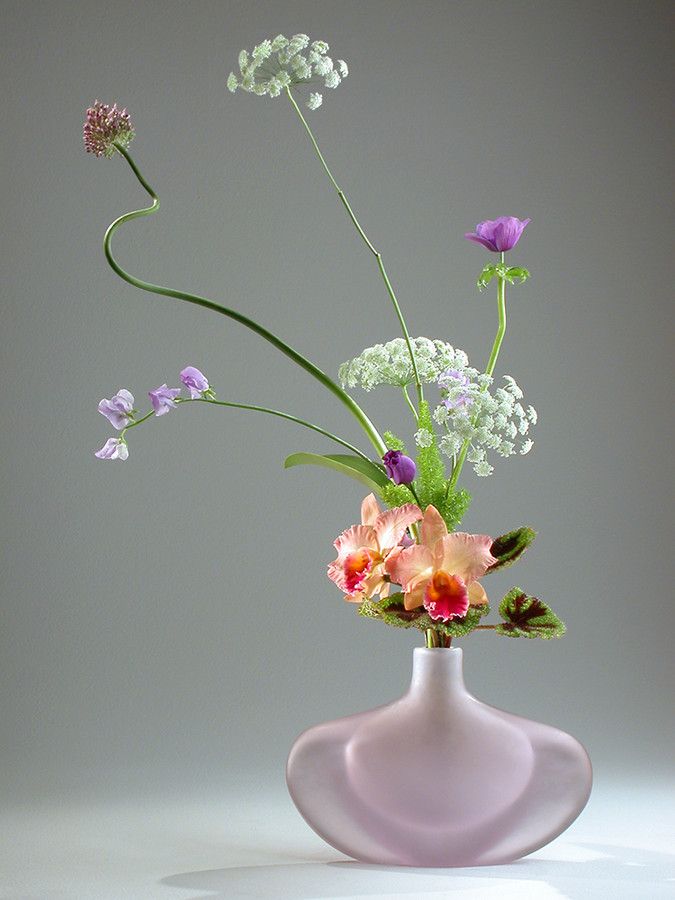 An ordinary candlestick, around which bright flowers and coniferous branches are placed, can become a wonderful basis for the composition.
An ordinary candlestick, around which bright flowers and coniferous branches are placed, can become a wonderful basis for the composition.
As for Easter compositions, here you have the opportunity to show your imagination and taste. The classic version is a composition of willow branches, leaves of ornamental plants, dry flowers, colored egg shells and ribbons.
The sequence of actions is as follows :
- A sponge with willow branches is placed in any small vessel.
- Cover the sponge with leaves, inserting them into it, and then placing dried flowers in the composition to form a nest.
- A large colored eggshell is glued inside the resulting nest.
- You can make a decorative ribbon from one shell, and simply throw it on the other.
The Easter wreath is also quite easy to make. This will require a decorative ribbon, wooden Easter eggs, boxwood branches (can be replaced with thuja branches), nuts, leaves, dried flowers and cones.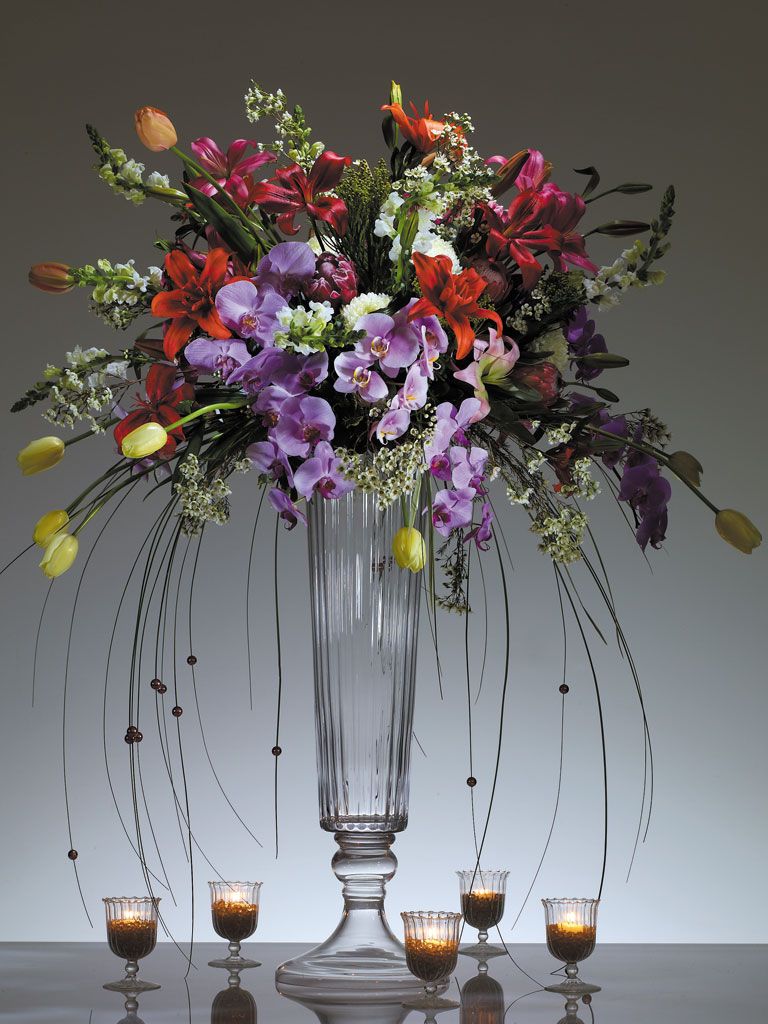
Manufacturing technology is as follows:
- The base of the wreath made of wire is wrapped with a decorative ribbon, the free end of which is tied in the form of a loop. With its help, the wreath will be attached to a vertical surface.
- Next, they are fixed on the basis of a branch of boxwood or arborvitae, placing them in the same direction.
- Fix Easter eggs (they can also be glued).
- Dry flowers and leaves are placed on the wreath, inserting them into the base.
In the autumn, when all nature is preparing for the onset of winter, a composition called “Autumn Waltz” will perfectly cheer you up. For its base, three beautifully curved branches of a maple tree or hawthorn with small leaves are selected and placed in a vase as follows: one branch is vertically, the second is rejected to the left in a horizontal plane, the third is bent down to the base of the vase, directing the upper part of the branch forward.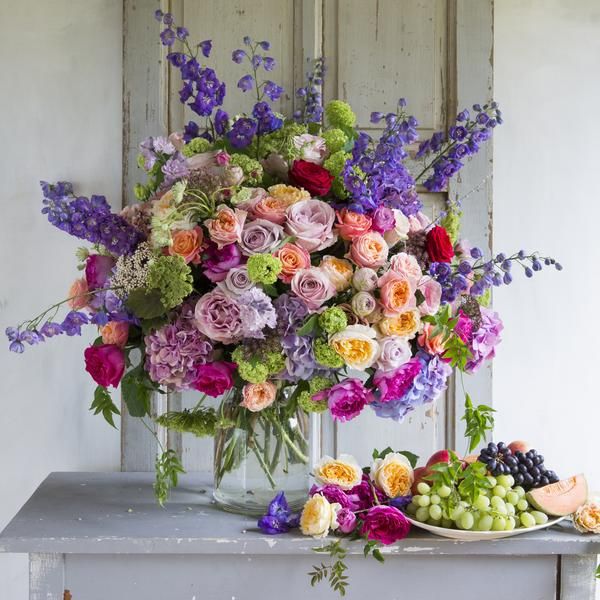
Learn more
- Invasive garden plants

- Decorative paneling for bathroom
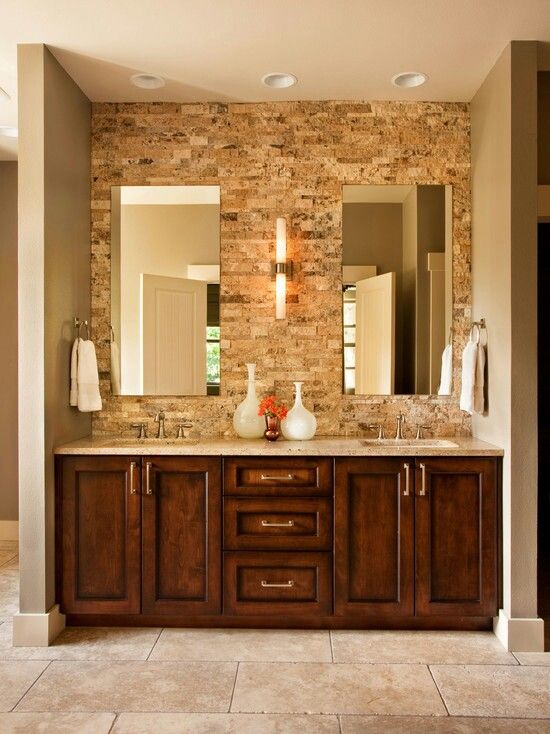
- Plant air cleaner

- Interior design main door
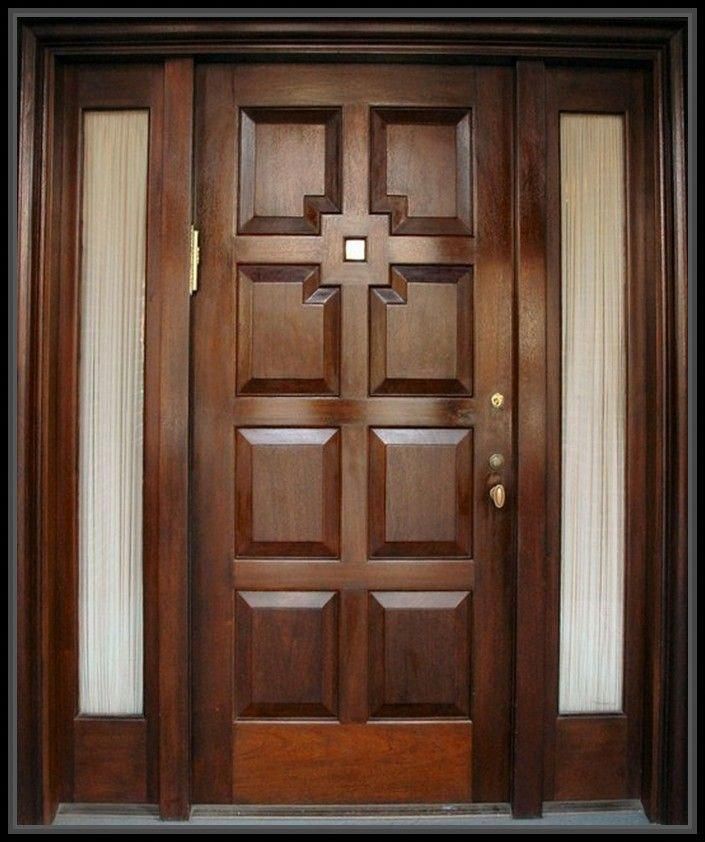
- Things squirrels hate

- How much for a swimming pool build

- What should i cook in my air fryer

- Front door interior design

- Who makes the best gas grills
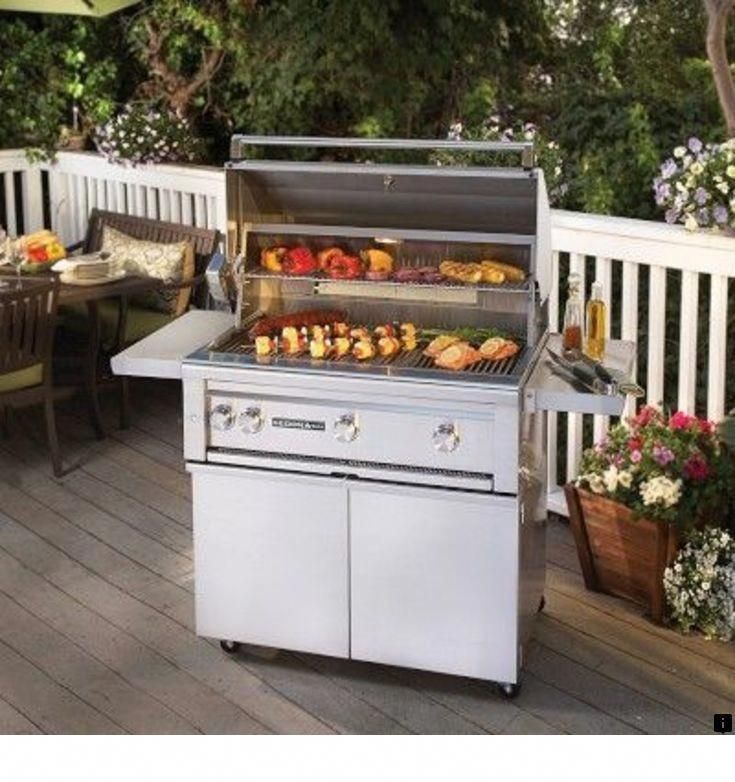
- Interior design for 2023
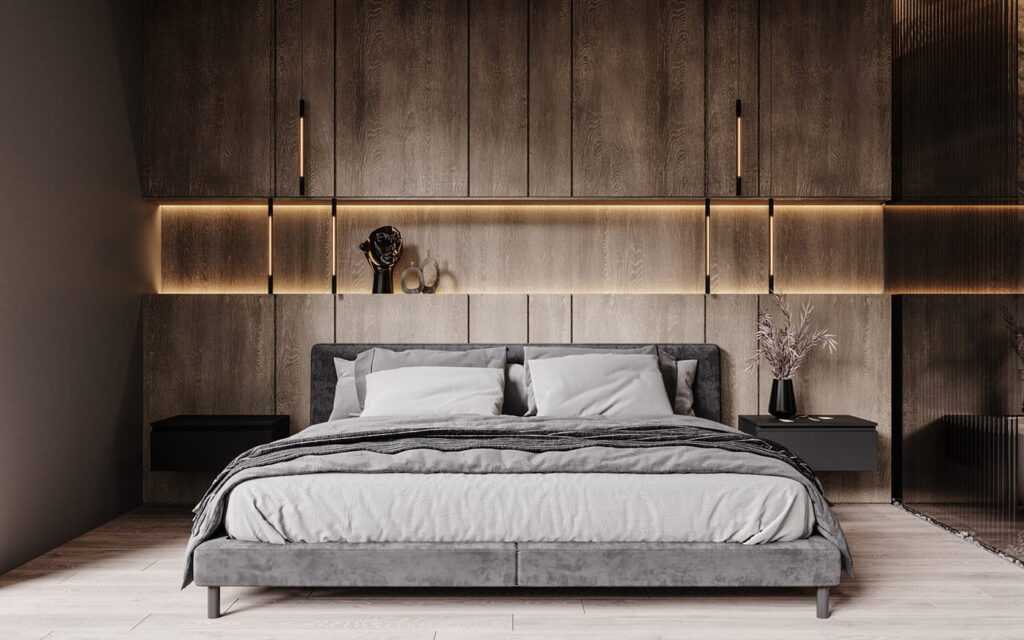
- Latest main door designs home
